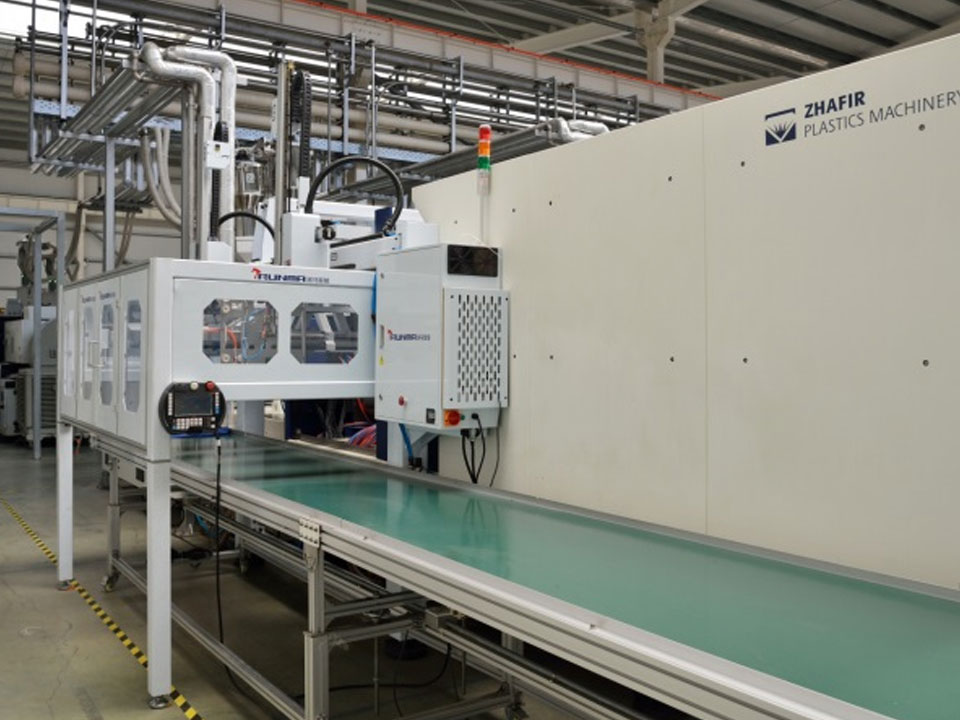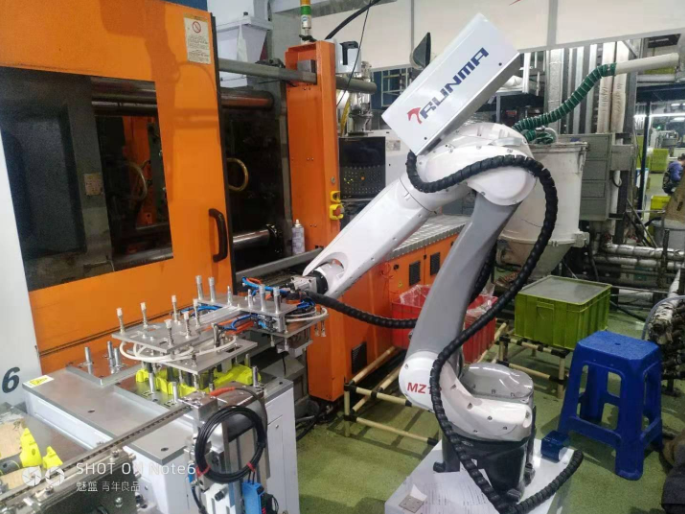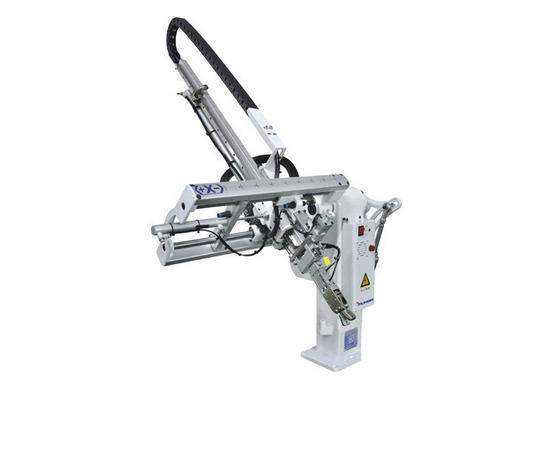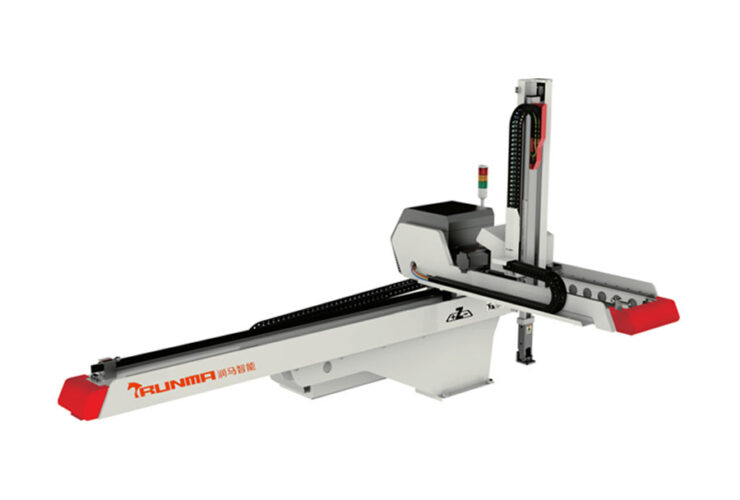What are the benefits of different injection speeds?
The most important process conditions in the injection molding process are the temperature, pressure, speed, and corresponding action time that affect the plasticizing flow and cooling. And these factors interact and constrain each other, such as increasing the temperature of the melt and mold, which can reduce the injection pressure and speed, and vice versa, which requires increasing the injection pressure and speed.
The core of the influence in various process conditions lies in the viscosity change of plastics, which is crucial for the reasonable selection of parameters and their mutual influence in the injection process.
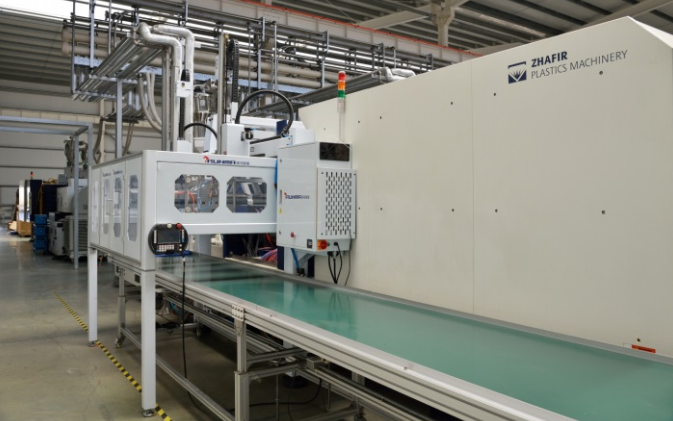
Characteristics of injection speed
(1) The use of high-speed injection during the injection process has the following advantages:
⑴ Reduce injection time and shorten molding cycle;
⑵ Improving the plastic process is beneficial for the molding of thin-walled parts;
⑶ Improve the surface glossiness of the product;
⑷ It can improve the strength of the welding line and make the welding lines less obvious;
Prevent cooling deformation, etc.
(2) The use of low-speed injection during the injection process has the following advantages:
⑴ Prevent the formation of burrs in molded products;
⑵ Prevent the generation of spray and flow patterns;
⑶ Prevent the generation of combustion marks;
⑷ Prevent the occurrence of gas entrapment in plastic melt;
Prevent molecular orientation deformation, etc.
The advantages of high-speed injection are also the disadvantages of low-speed injection, and vice versa. Therefore, using a combination of high and low speeds during the injection process can fully utilize their respective advantages, avoid their respective disadvantages, and ensure the quality of the product and the economy of the process. This is what we commonly refer to as multi-stage injection technology, which is widely used in modern injection molding machines. At present, most medium-sized and above injection molding machines have five to six levels of injection pressure and speed changes, as well as three to four levels of holding pressure changes (because during the holding pressure stage, the molten material has already filled the mold cavity, and the amount of supplementary material flowing into the mold cavity through the holding pressure is limited, so the impact of holding pressure speed is not significant).

